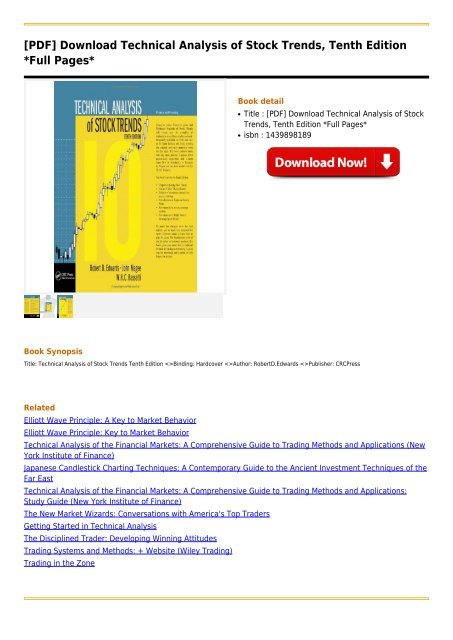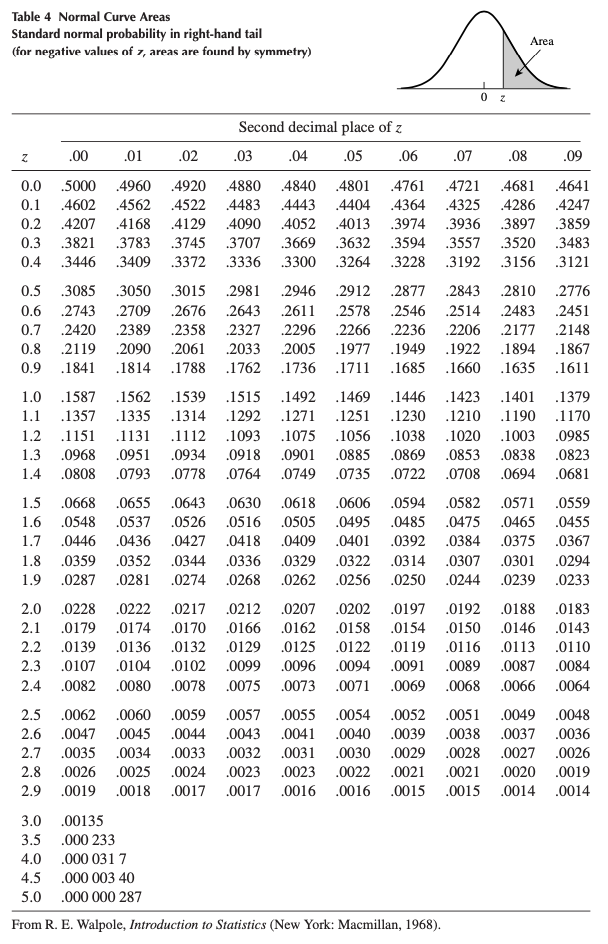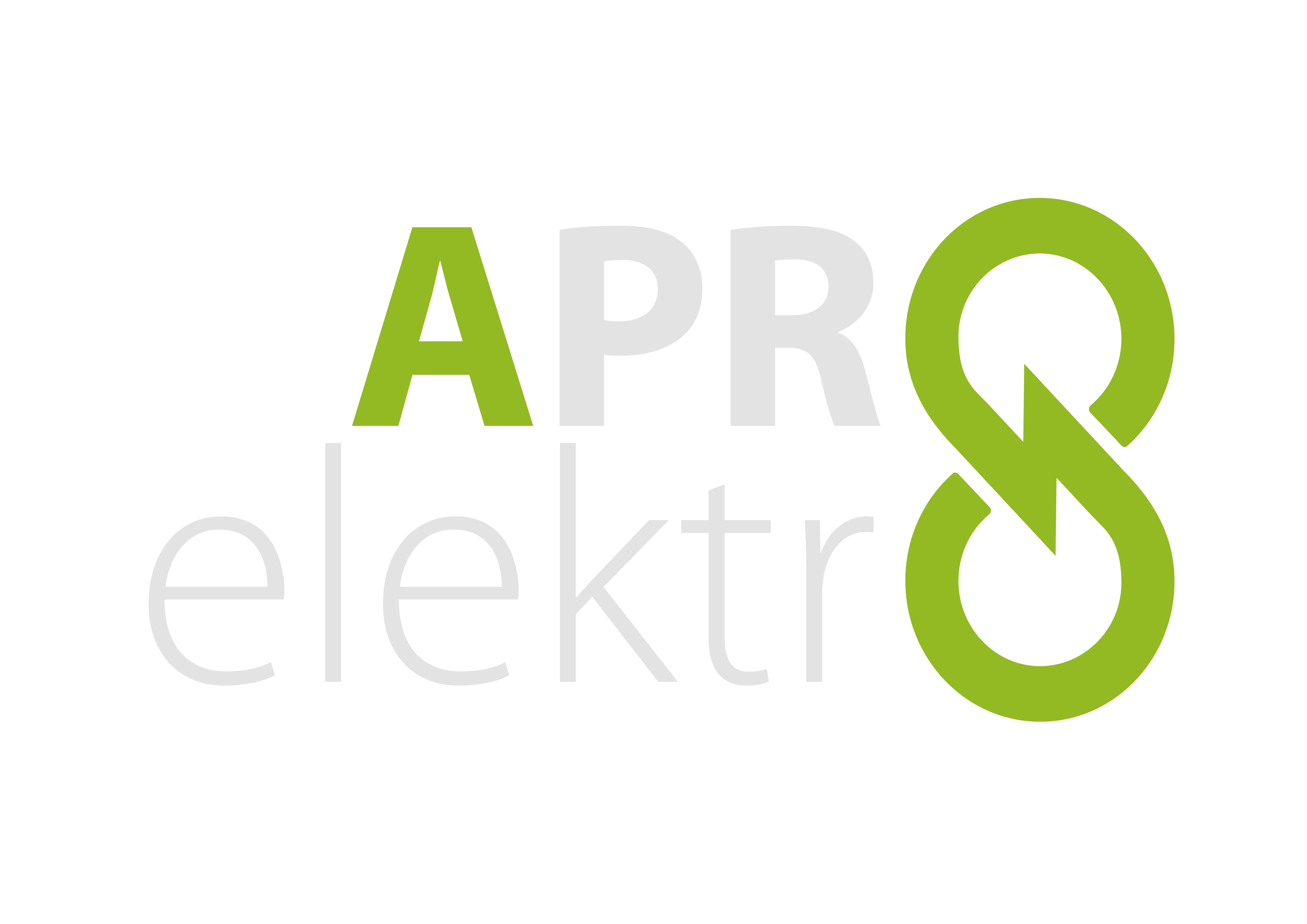Contents:


But it is important to consider what numbering system will facilitate the addition of new accounts if your organization grows. Also, a company’s COA may differ from another company’s COA due to how they operate. In order to make comparisons easier, COAs are kept the same from year to year. When developing a chart of accounts, a business can use its organizational chart. When it comes to retail businesses, payroll plays a crucial role. It affects employee morale and reflects a business’s financial stability and reputation.
Janet Berry-Johnson is a CPA with 10 years of experience in public cash flow from operating activitiesing and writes about income taxes and small business accounting. Most charts of accounts will look structurally similar to the one shown. A chart of accounts is the filing cabinet you’ll find at the heart of your accounting system. Christine Aebischer is an assistant assigning editor on the small-business team at NerdWallet who has covered business and personal finance for nearly a decade.
The former often define a chart of accounts while the latter does not. However, since national GAAPs often serve as the basis for determining income tax, and since income tax law is reserved for the member states, no single uniform EU chart of accounts exists. A sample chart of accounts in QuickBooks really does help to get companies set up and started with an easier, more logical type of accounting system. However, you might still find that the standard reports in QuickBooks do not offer exactly what you need. On the income side of the equation, you will have accounts receivable, bank accounts, current assets, fixed assets and other assets. A chart of accounts, for the uninitiated, is a method of organizing your company’s financial information and transactions so that it’s easier to track and find information when you need it.
Example and Template
The French generally accepted accounting principles chart of accounts layout is used in France, Belgium, Spain and many francophone countries. The use of the French GAAP chart of accounts layout is stated in French law. A balanced trial balance does not guarantee that there are no errors in the individual ledger entries. But try to keep your list of income & expense accounts to a single page.

While businesses are best off never changing their charts of accounts, they also must operate in the real world. A business’s chart of accounts is a simple list of its financial accounts that becomes a kind of blueprint or roadmap reflecting the business’s financial architecture. If that architecture is really well-thought-out — in alignment with the finances of the business — a chart of accounts will be a key reference tool that helps make financial analyses easier to achieve.
A chart of accounts is a tool that lists all the accounts in the general ledger with unique numbering to help locate them in the relevant accounting book. Stakeholders can refer to the COA and balance sheet, and income statement to find the source of expense and earnings. Chart of Accounts gives a consolidated view of the financial transactions affecting a company’s balance sheet and income statement. Depending on the size of an organization, a firm can have multiple entries for expenses and income in an accounting year.
Multichannel E-Commerce Excel Financial Model Template
Our partners cannot pay us to guarantee favorable reviews of their https://1investing.in/s or services. Most smaller companies tend to edit price or roll up discounts into their Job Income or Revenue GL account for easier reporting. However, it’s a best practice to split out any allowances given on an Income Statement to give management full transparency on how much has been given back. The only way to maximize value from board meetings is to come prepared each quarter with a clear, concise deck. So, we’ve taken our most requested asset and made it even better with added CFO insights, suggested metrics, and more!
While setting up your chart of accounts is relatively easy, there are several common mistakes often made along the way. Below, we’ll take you through 3 basic steps and provide multiple examples and templates that will give you a better idea of how to put together your own chart of accounts. For that reason, having a well-organized chart of accounts is also vital for obtaining business financing and investors. Both lenders and investors will want to see that you know how to organize your financials and that your business is healthy . A chart of accounts gives you clarity about your business’s accounting and helps you stay organized. You can organize your chart of accounts with sub-accounts based on your business needs.
Baby Clothing Store Excel Financial Model
At any moment, executives or team members may own public or private stock in any of the third party companies we mention. Business EntityA business entity is one that conducts business in accordance with the laws of the country. It can be a private company, a public company, a limited or unlimited partnership, a statutory corporation, a holding company, a subsidiary company, and so on.
Simple Business Plan Template (2023) – Forbes Advisor – Forbes
Simple Business Plan Template ( – Forbes Advisor.
Posted: Fri, 16 Dec 2022 08:00:00 GMT [source]
But because most accounting software these days will generate these for you automatically, you don’t have to worry about selecting reference numbers. As you can see, each account is listed numerically in financial statement order with the number in the first column and the name or description in the second column. Understanding which accounts you need can be complicated, and it’s not always easy to change something later. An accountant or bookkeeper can help you create a customized CoA or rework your existing CoA. As your business grows, you’ll likely need more accounts that are specific to your business.
Chart of accounts example 2: Property management
It’s important to consider such potential financial analyses when establishing the chart of accounts because, ideally, once it is set up it shouldn’t be changed. Detailed chart of accounts categories are individual to the business and set by management. Owner’s equity is the owner’s rights to the assets of the business or what’s left over after subtracting the liabilities from the assets. It includes money invested by the owner of the business plus the profits of the business since its inception.

A chart of accounts is a business’s list of financial accounts, reflecting the structure of the company’s balance sheet and income statement. Companies use a chart of accounts to organize their finances and give interested parties, such as investors and shareholders, a clearer insight into their financial health. Separating expenditures, revenue, assets, and liabilities help to achieve this and ensure that financial statements are in compliance with reporting standards. The chart of accounts is important because it’s the primary reference tool for a company’s financial structure.
Organize the chart of accounts to support management decision-making
The chart of accounts is a list of every account in the general ledger of an accounting system. Unlike a trial balance that only lists accounts that are active or have balances at the end of the period, the chart lists all of the accounts in the system. It doesn’t include any other information about each account like balances, debits, and credits like atrial balancedoes. Of the many things to consider during a business transaction and integration, the GL accounting systems and charts of accounts should be near the top of the list. Ideally, the enterprises involved will adopt a standardized COA to streamline the integration, booking revenue and expenses to similar accounts.
- Managers can list as many accounts in a chart of accounts as they need to give them a detailed view of all the financial activity going on in the company.
- Many or all of the products featured here are from our partners who compensate us.
- Keep your balance sheet and income accounts separate, but make sure they relate to each other where necessary.
This way you can compare the performance of different accounts over time, providing valuable insight into how you are managing your business’s finances. A chart of accounts helps organize your business’s transactions to reveal where money is coming from and going to. A basic practice for a company that deals in one specific trade is to have one income account called Job Income or Revenue. Most trade companies are contracted for more than one service, and it can be tedious to add to different income accounts. Assets are broken down typically into two sub-categories—current assets and long-term assets. Each account in the chart of accounts is typically assigned a name and a unique number by which it can be identified.
How To Calculate Interest On A Savings Account – Forbes
How To Calculate Interest On A Savings Account.
Posted: Wed, 20 Jul 2022 07:00:00 GMT [source]
Transform the way you do business with finance experts from Oak Business Consultant. Running a business means you need a lot of financial planning, especially if you’re a startup. Building an Integrated 3 Statement Financial Model Building a three statement operating model has been an integral part of any… Top Retail Businesses Financial Models Retail businesses are everywhere around us.
- Each line includes a brief description of the account’s transaction type, such as asset or liability; the account type it belongs to; and a unique code.
- Simply put, without an informative chart of accounts that’s customized to your particular needs, your decision-makers are leading your organization with blinders on.
- PQR Enterprises is a firm engaged in the manufacturing of plastic containers.
- The first mistake often made is creating too many general ledger accounts.
For example, asset accounts might include unsold inventory for a shop, intellectual property for a design company or, for a large conglomerate, accounting goodwill from its acquisitions. EcomBalance offers monthly bookkeeping services for growing eCommerce agencies, brands, and software companies. And can make it easy to keep accurate financial records for your company too! Get the help of EcomBalance’s services to keep track of your income, payments, expenses, sales tax, and more. Further, EcomBalance can provide you with a simplified chart of account templates.

